Building Your First Reskilling Strategy
According to a not-yet-published research study by Chief Learning Officer and DeVry University, only half of leaders feel their organization’s learning strategy is properly aligned to their business strategy. In last week’s webinar and blog post, we discussed why upskilling and reskilling are so important in the post-COVID era. As you’ll recall, upskilling provides new skills to workers in their existing domains, while reskilling trains workers for new jobs.
Whether your strategy involves upskilling, reskilling, or a combination of both, the first step in creating it is ensuring business objective alignment.
An aligned learning strategy includes an established process for mapping learning initiatives to business goals and outcomes.
In contrast, an unaligned learning strategy is piecemeal or ad hoc, with little consideration of overarching company objectives. In other words, someone in the business or in L&D said: “We should do a training on that” and someone else said, “sure, let’s make it happen!”
Eight Steps to Reskilling Proficiency
Alignment sounds good, but how do you achieve it in reality?
- If you’re an L&D professional, sitting in on c-suite meetings and/or getting briefed on executive plans in real-time is a terrific start.
- You might also try embedding members of your team in business units so you know immediately what roles or skills you need to upskill and reskill FOR.
- Next, map the identified workforce needs against the competencies your employees currently possess.
- Convene a task force to outline jobs that are mission-critical for organizational growth and assess whether any of these roles can be redesigned, reconfigured, or combined.
- Use strategic automation, or determining where human and machine labor best fit, and match resources to tasks. When plugging in human labor, don’t forget about contract workers, subject matter experts, and anyone else with an alternative work arrangement.
- If you’ve determined that your human workforce has skills gaps, next you’ll need to determine the best way to address those. Fortunately, there are endless external training resources to supplement internal ones and developing learning content has become more of a curation than a creation exercise.
- Technology can absolutely help. A human capital management (HCM) solution can assist you in upskilling and reskilling at scale, predict on-the-job success using skills assessments, drive personalization and social connection, and document skill acquisition.
- If used “skillfully,” HCM technology can also provide learners with a more immersive, impactful experience that resonates on an individual level, facilitate mentorship, deliver rewards for training completion and/or skill mastery, and leverage analytics to determine what activities have the largest impact on your people and business.
So, before moving forward, make sure you understand the people systems you have at your disposal, as well as additional offerings that integrate with your technology infrastructure and will enhance the learning experience.
Remember too that any new learning strategy should be accompanied by a robust internal communications plan. It’s important to ensure that everyone, including those who are being reskilled and those who aren’t, understands why you’re undertaking the initiative and how their jobs will (or won’t) be affected.
Did you miss the webinar? Please catch us on replay to learn more about how to upskill and reskill your workforce to mid-21st century success!
[Editor’s Note: Today’s post comes from Alexandra Levit, workforce and human capital author, analyst, consultant and futurist and Managing Partner of PeopleResults]



















